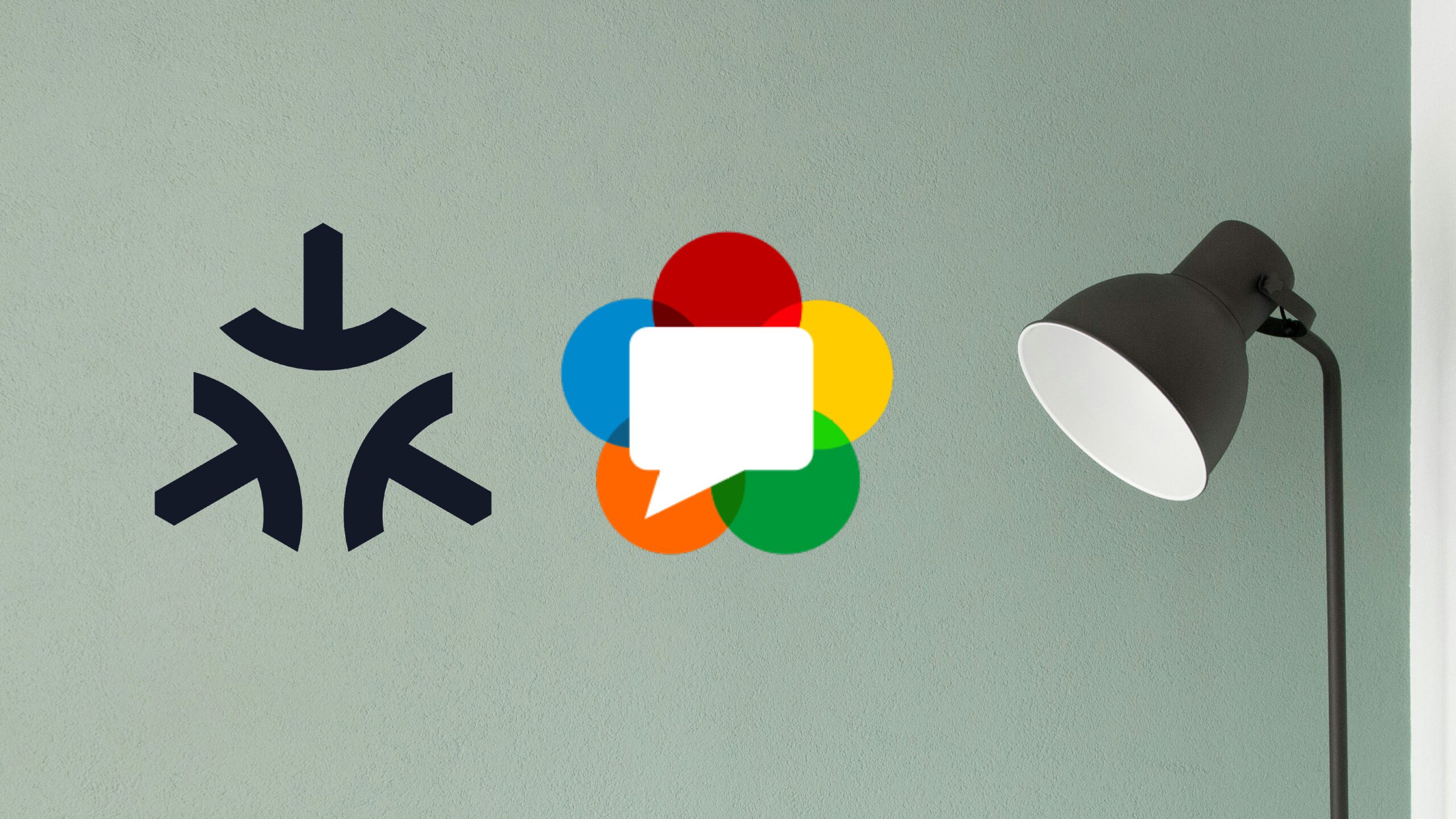The smarter the home, the greater the need for faster, safer, and more direct connections. With the average home now counting more than 20 devices, consumers are looking for ways to improve latency and privacy. They are realizing that relying on distant cloud servers is unnecessary when the intelligence is right there in the home. This is giving rise to the edge, bringing computation and data storage closer to the source and reducing the need for sending large volumes to remote locations. As a result, we’re seeing the emergence of edge protocols to make this possible.
Matter, for example, sets a unified standard for how devices should talk to each other over the local network. WebRTC, meanwhile, bypasses intermediary servers to provide remote, peer-to-peer data sharing without the need for additional plugins or applications. Both move the needle toward data decentralization and improve communication efficiency in tomorrow’s smart home.
Let’s look at how each shifts away from cloud-dependent connections to more efficient and secure communication at the edge.
The problem with the cloud
The move away from cloud connections is nothing new in IoT. The move to the edge is well underway. But it is the emergence of the smart home that kicks this trend into overdrive. This is because the traditional reliance on cloud servers in the context of the smart home raises privacy, security, and latency concerns. Storing data and intelligence on remote servers not only introduces potential security vulnerabilities but also incurs additional latency.
This model, while popular in the past, is increasingly seen as costly, insecure, and inefficient. Instead, tomorrow’s smart home device creators and users are embracing edge protocols: Matter and WebRTC.
The former launched at the end of 2022 and provides an open-source standard for direct connectivity between devices on a local network. Communicating via Ethernet, Wi-Fi, and Thread, users can expect more responsiveness from their smart home devices and continued interconnectivity when the internet is down. The latter grew exponentially during the pandemic thanks to video conferencing. WebRTC – also known as web real-time communication – is the first true in-browser solution for real-time communications, providing a remote peer-to-peer (P2P) data solution.
Whether we’re talking local or remote connectivity, these two protocols are redefining what the edge looks like in the smart home era.
In review: Matter and WebRTC
But what is it about these two protocols that attracts smart home device vendors and users? Let’s first dig deeper into Matter. This is the brainchild of some of the world’s biggest tech companies including Amazon, Apple, Google, Samsung, and the Zigbee Alliance. The groups realized that releasing smart products without smart connectivity solutions was counterintuitive. Multiple platforms brought multiple silos, impeding interconnectivity. Matter was born.
With Matter, users no longer need to juggle multiple apps and link their cloud services to make devices work together. If you want to have your smart plug activate the coffee machine when you unlock the front door, say, this process can be achieved via a unifying app or voice assistant and easy automation. And remember, this all happens on the local network. Latency is near-zero and command communications stay close to home, away from potential bad actors.
Meanwhile, WebRTC is increasingly the smart home solution for cameras. The Google-made, Microsoft-backed protocol is quickly reshaping video and audio streams thanks to its low latency and P2P data connectivity. Vendors like that it can bypass intermediaries and deliver feeds directly between clients. Developers like its universality, with the open-source protocol working just as well across Chrome and Firefox, as on Windows and Mac.
Additionally, WebRTC can be customized for mobile applications, as a great way to connect customers to their cameras via a smartphone. This is important since – from smart doorbells to vacuum cleaners and connected cars – cameras and video are on the rise. Affordable image sensors are flooding the connected device market, requiring companies to efficiently and securely transmit video feeds. WebRTC is the preferred solution to make this possible.
The truth is latency matters
Ultimately, prioritizing edge computing in the smart home stems from a simple truth: latency matters. This is because the ‘need for speed’ is essential in web usability. Therefore, communicating with a cloud server when the device holds the data and intelligence to bypass it makes little sense. Instead, keeping communications at the edge rather than in the cloud delivers the instant responsiveness users seek, enhancing the overall experience.
This isn’t to say that either protocol is perfect. Matter, for example, is experiencing growing pains as it celebrates its first year of operation. Product features don’t always translate well from one operating platform to the next, for example. Some users find it difficult to successfully integrate products across different ecosystems – like Apple’s Siri, Google’s Assistant, and Amazon’s Alexa. But these are kinks that should work themselves out with time.
Cloud-based IoT is by no means dead, but the future of IoT interactions is undoubtedly veering toward real-time communication, particularly in scenarios involving direct user engagement. Tasks like unlocking a door, disabling an alarm, or streaming surveillance videos are being redefined by the shift towards more instantaneous and secure connections.
These protocols, whether enabling remote connectivity like WebRTC or promoting direct communication on the local network like Matter, represent a paradigm shift in the way smart devices interact. The focus is shifting from cloud-dependent connections to more direct, efficient, and secure communication at the edge. This is likely to define the smart home in the years to come.

